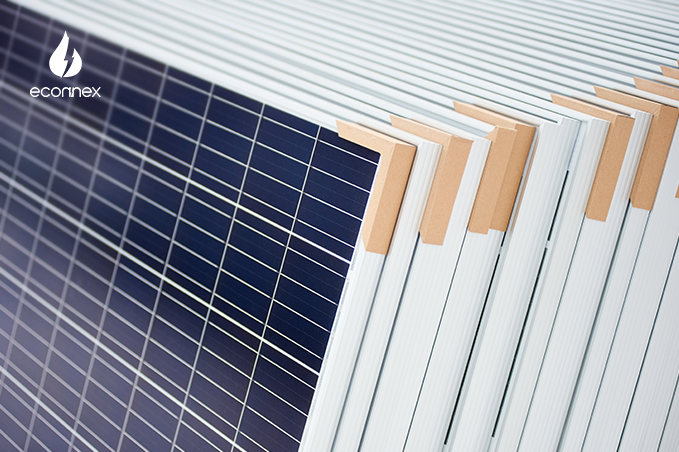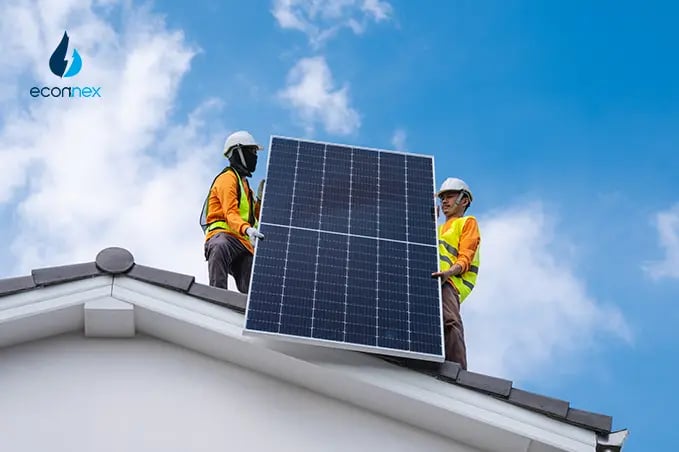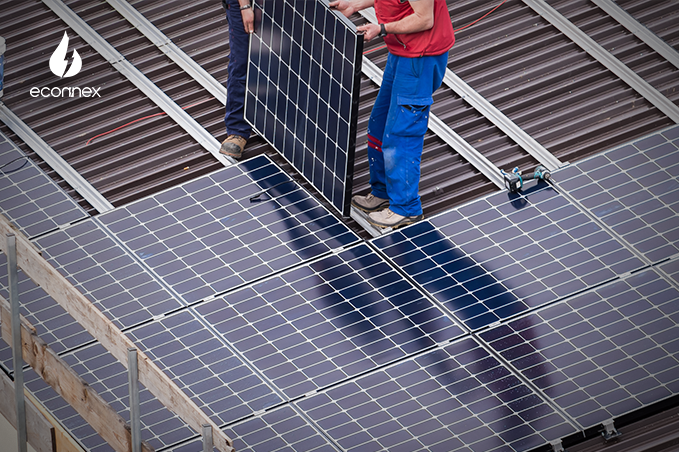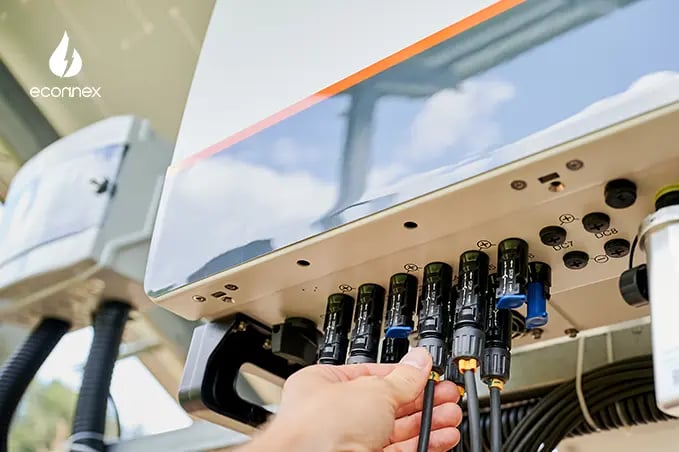Assess solar panel efficiency: monitor output, check temperature coefficients, and compare performance ratios. Optimize your solar energy!

Published on 14/11/2023
By Unknown
Solar Comparison
Sun produces an unlimited amount of light energy. And it’s the main reason why solar energy is considered more energy efficient and affordable. It improves homes and businesses' savings while having a reliable power source. In fact, many Australians today prefer to have a solar system and Energy Efficiency
There are many things to consider before installing yours. One of them is solar energy efficiency. It’s important to test and know how to do it properly so you can avoid complications in the future.
Solar panels' energy efficiency test is the amount of energy from the sun converted to electricity. Here’s why it’s important to run the test.
Solar panel efficiency test uses a photovoltaic system that combines with latitude and climate to determine the energy output of a solar panel. It’s a good idea to hire a professional to estimate and balance the energy output with your energy usage for the entire year.
By performing this test, you can estimate the size of solar panels to ensure there is enough space before the actual installation process.
Climate conditions such as extreme temperatures may cause overheating. It can affect the overall performance and output of a solar system. So, it’s a requirement to install a solar panel cooling mechanism right after you install one.
The position, pitch, and tilt of solar panels have a huge impact on their efficiency as most solar panels are installed on roofs.
Run the test on a bright sunny day to get the most amount of light energy. Also, check the manual for the exact voltage of solar panels set by the manufacturer.
Expose the connections of the converter box, especially the positive & negative connections. To avoid confusion which is which, use the manual as your guide
Set the multimeter to measure voltage. Configure the voltage at a high level, particularly higher than the solar panel’s rated voltage (which is indicated in the manual). For example, if the solar panel is rated at 10 volts, set the multimeter to 100 volts.
Note: Rated(Voltage/Ampere)is the maximum amount of voltage or current which the solar panel is designed to work. Or simply the maximum amount of voltage or current needed so a solar panel can work properly.
Voltage/Ampere Rating refers to multimeter reading. The value appears on the multimeter.
Connect the multimeter to the converter box. Make sure the red wire is on the positive connection while the black is on the negative connection. Turn on the multimeter.
A solar panel works efficiently if the voltage rating matches the exact voltage set by the manufacturer. In some instances, you will encounter a slight difference. Do not panic as this is not a problem.
Aside from voltage, you should measure ampere ratings(amount of current flow)too. How should you do it? By doing the same procedure on how to measure voltage.
Disconnect the multimeter wires to the converter box, set the multimeter to measure DC amperes, and do not forget to configure it higher than the rated amperes.
Warning! Do not change the multimeter settings while the connection is live, as this can result in to spark.
Put away the panel from the sun and reconnect the wires (refer to step 4). Put the solar panels where there is direct sunlight. Switch on the multimeter.
The ampere rating should match the exact ampere set by the manufacturer. If the reading is slightly higher, you can still consider it energy efficient.
After the test, if the voltage and ampere ratings are close to the manufacturer's ratings, then you can rest assured that the solar panel is highly energy efficient and working properly.
Do you want to be more energy efficient using your solar panels? Check the feed-in tariffs you may receive on Econnex.



